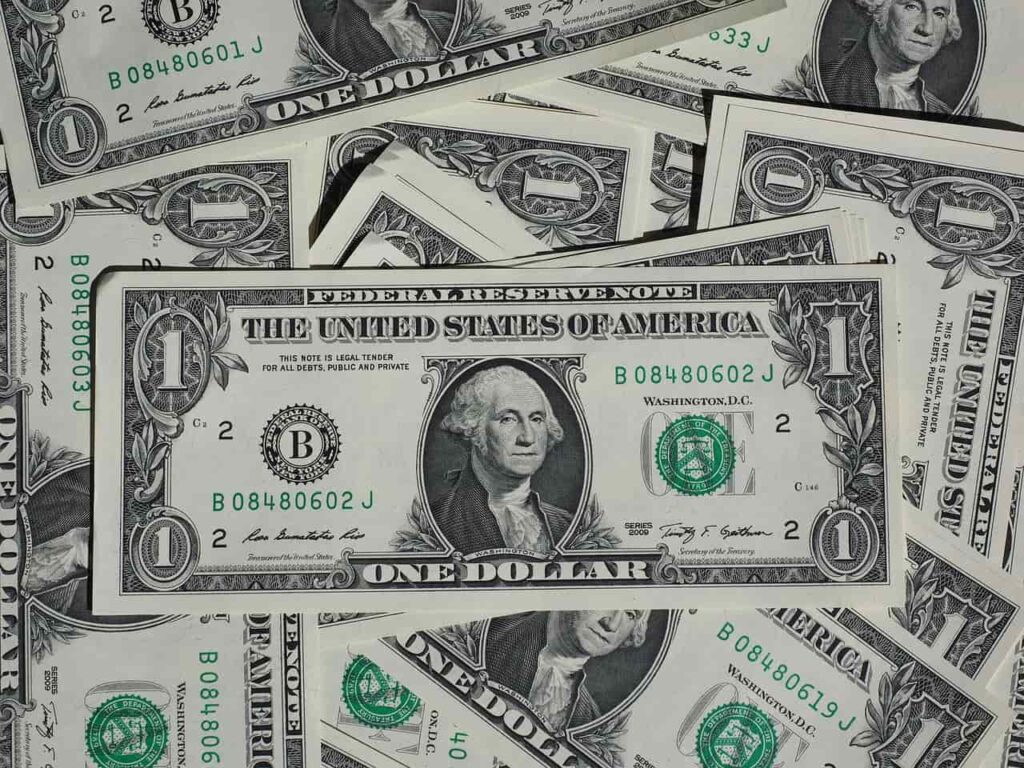Somebody starts a venture, the first level funding happens by seed-level investors. They’re also known, around that same size will be called as angel investors. So this will be typically people who you know and who trust you that you will pull off something good. So they are the seed or angel investors.
Then comes venture capitalists – venture capitalists are the ones who raise money from others like government funds, private equity funds, or high net worth individuals, etc., and they’re all that. They invest not at a startup level, but in people who have some success to show – some client or something like that at that stage.
Then above VCs are the next level of investors, whom we call private equity investors. These don’t invest in startups or in early-stage companies. these are called a series of funds. So seed level is literally there is no name for it. And then series A, B, C, D, E, etc.
So series A, B, and maybe C as well will be done by venture capitalists, wherein C and D, etc., will be done by private equity players. Private equity players by nature are larger funds, probably 200 million and above is considered as private equity funds. Anything between 1 million to 20 million are angel, and between 20 to 200 are VCs. So above 200 become private equity. What happens in private equity is they invest anywhere between 25 to 200 million dollars. Sometimes they even invest half a billion, billion, etc.
Private equity is, again, you have a general partner and limited liability partners, etc, who are larger funds, etc. On the parallel side, you have what is known as mutual funds. Mutual funds are, again, various sizes and probably a couple of hundred million dollars to tens of billions of dollars. And some have gone up to 500 billion, and Vanguard, etc., reached a trillion dollars as well. So that’s another class of investors.
Above private equity, we have what is known as sovereign funds, which are actually owned by governments themselves. For example, Saudi Arabian Fund or Qatar Investment Authority and so on, Malaysia, Singapore. So there are multiple things. So these are probably the six or seven types of investments that are there in the market.
Another area you wanted to know was understanding the difference between buy-side and sell-side in investment banking. So on the buy-side, that means people who are buying the equities of either private companies or public companies. On the sell side are the brokers who sell the equities of these companies. One set of investment bankers represents the buyers – the funds themselves. On the sell side are the investment bankers who represent the selling companies. For example, let’s say, Elon Musk wants to sell shares of his company, SpaceX. Then he will hire sell-side brokers of, let’s say, Goldman Sachs. Then let’s say, Qatar Investment Authority wants to buy Elon Musk’s company’s stock, and they will have Morgan Stanley as their banker. Then Morgan Stanley is the buy-side broker, and Goldman Sachs, who is representing Elon Musk, will be the sell-side broker. They may get together and then make the trade happen.
